Making of ‘Pachinko’: How Showrunner Soo Hugh Brought the Best-Selling Novel to Television

It’s apparent within Pachinko’s opening moments that the Apple TV+ adaptation of Min Jin Lee’s best-selling 2017 novel of the same name features some major departures from the source material. The opening sequence cuts between Japanese-occupied Korea in 1915 and New York City in 1989, unlike the book, which unfurls its multigenerational family saga linearly.
What’s less apparent is that production on Pachinko’s first season also took place out of order and sometimes simultaneously in multiple locations that included Canada, Japan and seven Korean cities. With two separate timelines occurring half a century apart and directors Kogonada and Justin Chon splitting the eight episodes, the Pachinko team, comprised of a multinational, multilingual crew of 300, was able to operate two units that worked in tandem to pull off the ambitious project, which follows family matriarch Sunja as a young woman (Minha Kim) who leaves Korea for Osaka in 1931 and catches up with her nearly 60 years later as a grandmother (Yuh-Jung Youn) in Japan, where her Western-educated banker grandson Solomon (Jin Ha) is working to close the biggest deal of his career.
More from The Hollywood Reporter
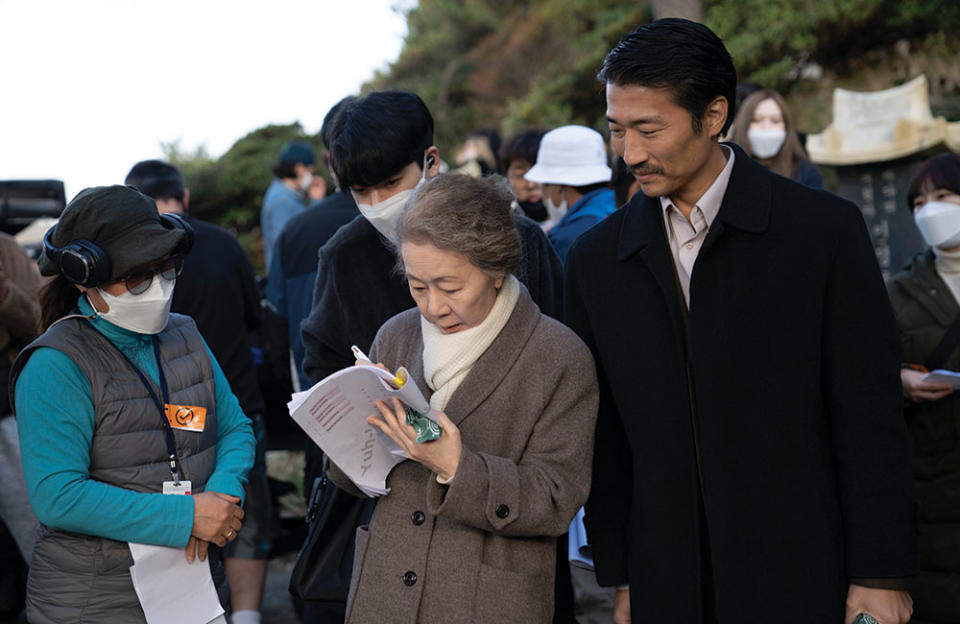
Courtesy of Juhan Noh/Apple TV+
While each director maintained his signature style — actor Inji Jeong has compared Kogonada and Chon to Monet and Basquiat, respectively — Chon also used different equipment to shoot the different storylines. “We shot all the stuff that’s early 1900s on handheld anamorphics — a wide screen, so you can see more — and on vintage lenses,” he says. “There’s a sleekness to [Solomon’s business deals], so I used Steadicam, Technocranes, dollies on a very clinical German lens. Everything for older Sunja [Solomon’s grandmother] was no camera movement, because she’s much more introspective and thinking about the past constantly. We put it on sticks so it would have a steadiness.”
Pachinko’s commitment to authenticity began with presenting the story in its appropriate languages — executive producer Michael Ellenberg says at no point did the team entertain an all-English period reenactment — which for Korean-born American Ha meant not only learning to speak Japanese from scratch, but also working with dialect coach Yu-Mi Kang to master multiple accents for trilingual Solomon: the Kansai dialect of his Osaka hometown, the more standard Kantō of his professional life in Tokyo and even a specific way of speaking Korean that is different from the actor’s own. “I used my coach’s Japanese-accented Korean as the template for Solomon, because he wouldn’t have spoken with an American accent like I do,” he explains.
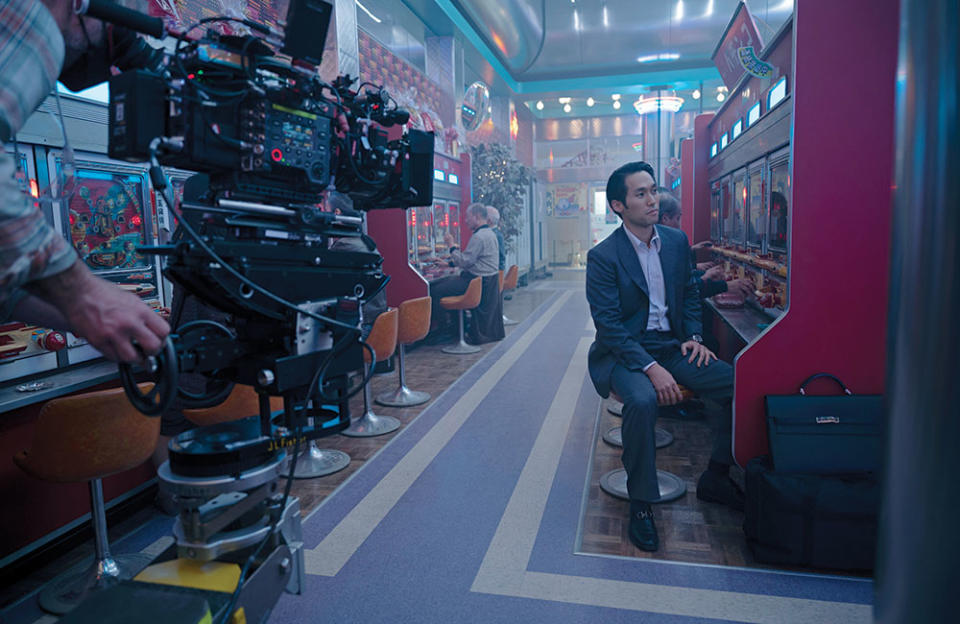
Courtesy of Robert Falconer/Apple TV+
Production designer Mara LePere-Schloop, art director Cho Kim, set decorator Hamish Purdy and prop master Dong-man Joo all worked together to build period-accurate sets and locations, including re-creating 1923 Yokohama on two continents (interiors in Korea and exteriors in Vancouver) for episode seven, a part of the story wholly original to the television adaptation that centers on the historic earthquake that rocked the region. “We built this interior room on a gimbal to mimic the earthquake. We could have charged people money because it was such a great ride,” jokes showrunner Soo Hugh. LePere-Schloop worked closely with special effects coordinator Minjae Lee to ensure that the color of the debris choking the atmosphere remained consistent across both sets. “Do you know how much we talked about dust for this show?” Hugh adds.
“There definitely was an audacity to think we could even get something like this made,” admits executive producer Theresa Kang-Lowe, who first brought the novel to Hugh nearly five years ago. “The idea of making a show that’s trilingual with a mostly all-Asian cast — those are all things that were hard to achieve. But while this was a deeply Korean story about real Koreans who live in Japan, it’s also an incredibly universal family story. All these things come into place once you have a creative vision, and having this cast, crew and Soo masterminding all of it gave us confidence.”
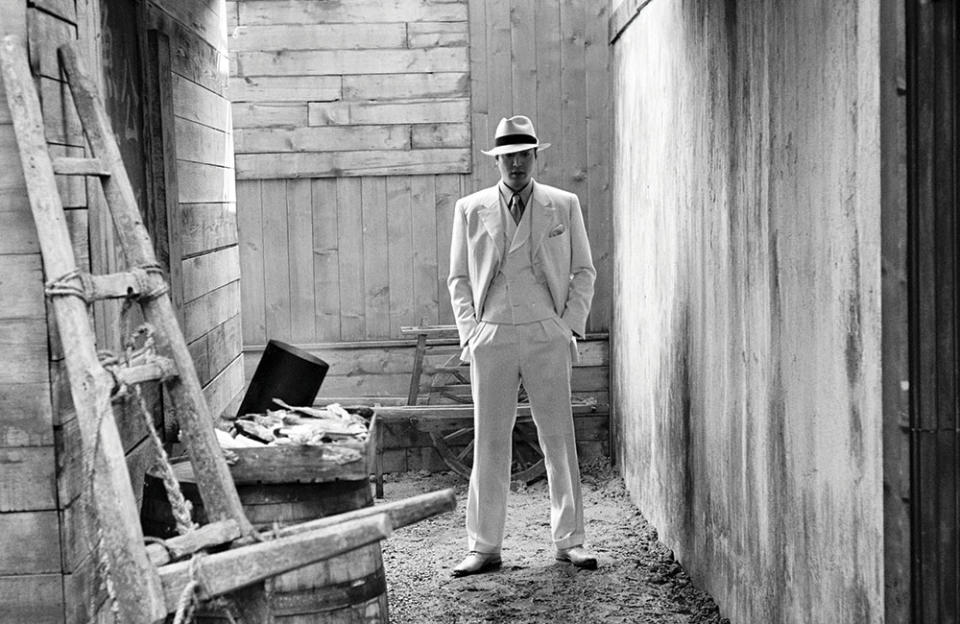
Courtesy of Ante Cheng/Apple TV+
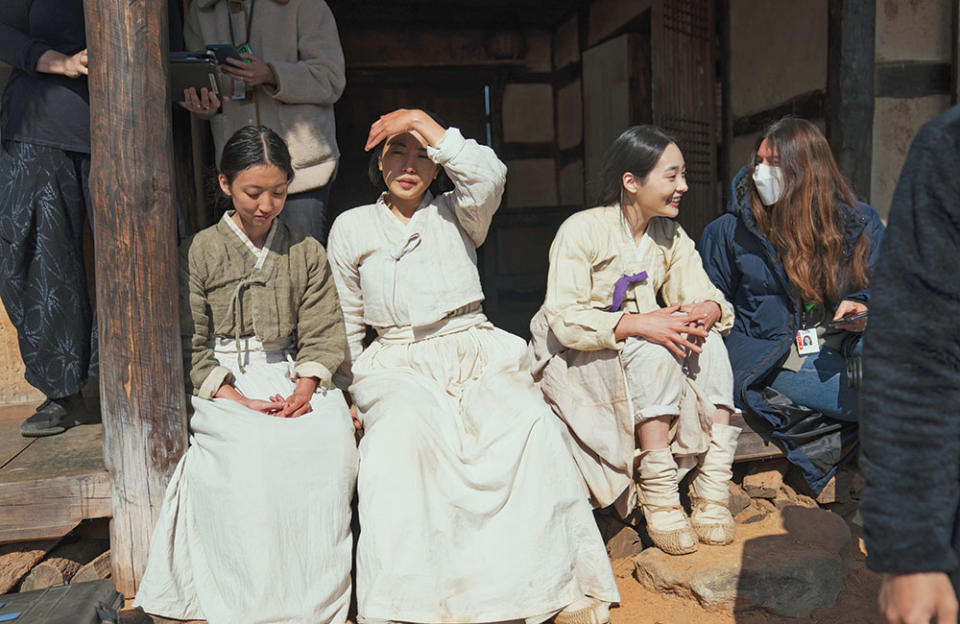
Courtesy of Juhan Noh/Apple TV+
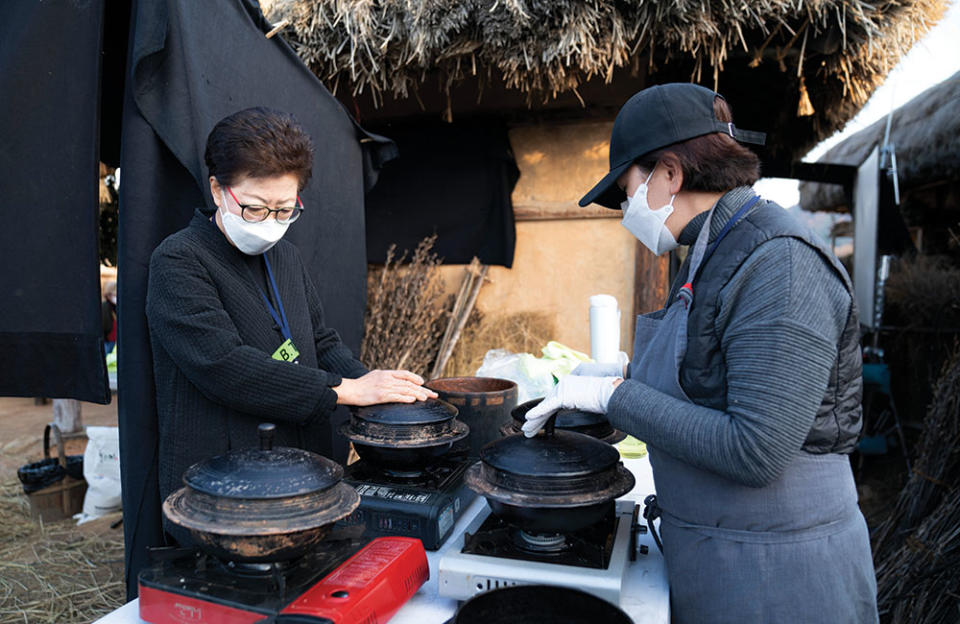
Courtesy of Juhan Noh/Apple TV+
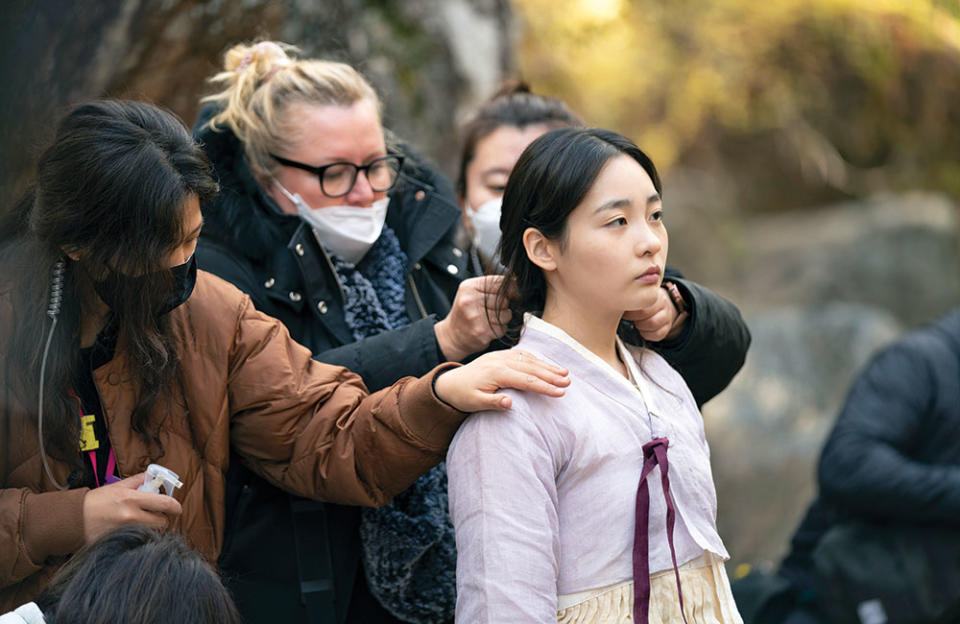
Courtesy of Juhan Noh/Apple TV+
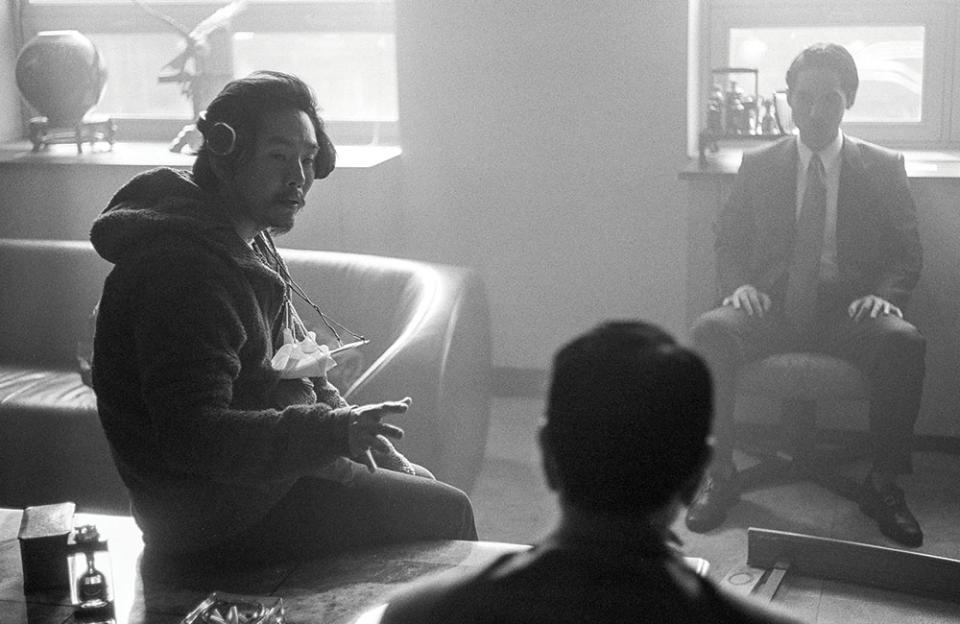
Courtesy of Ante Cheng/Apple TV+
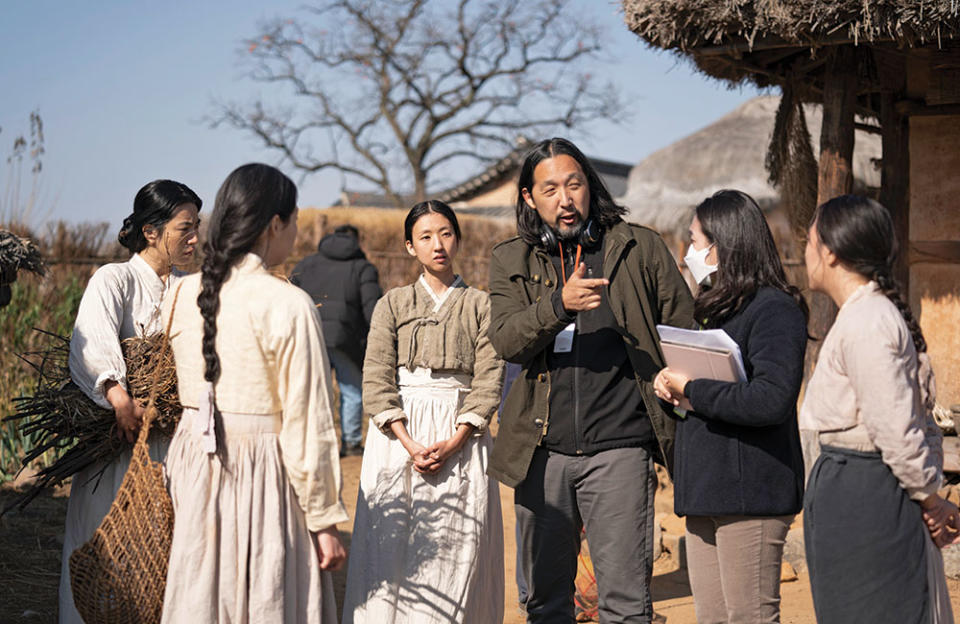
Courtesy of Juhan Noh/AppleTV+
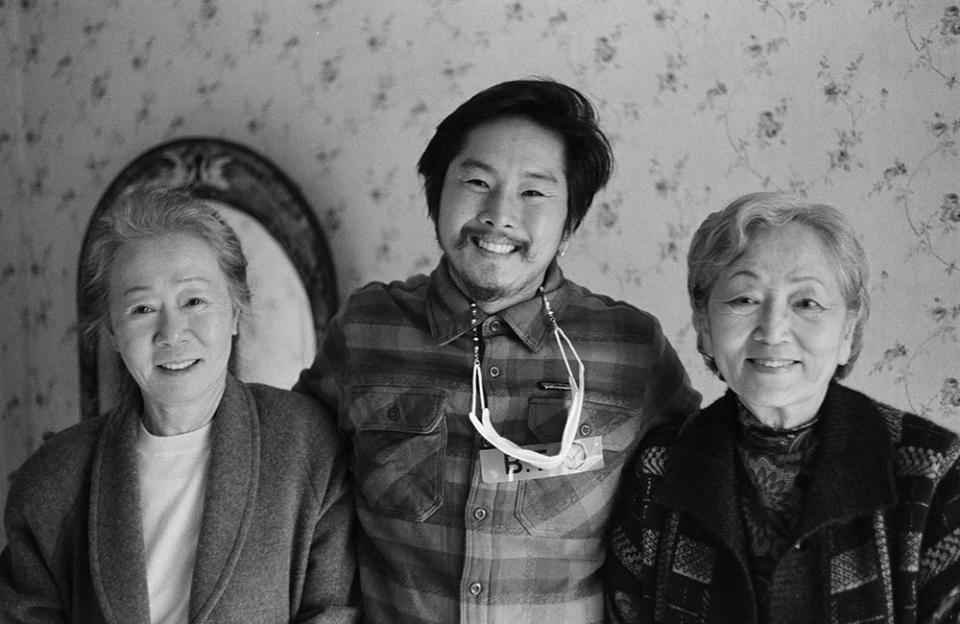
Courtesy of Ante Cheng/AppleTV+
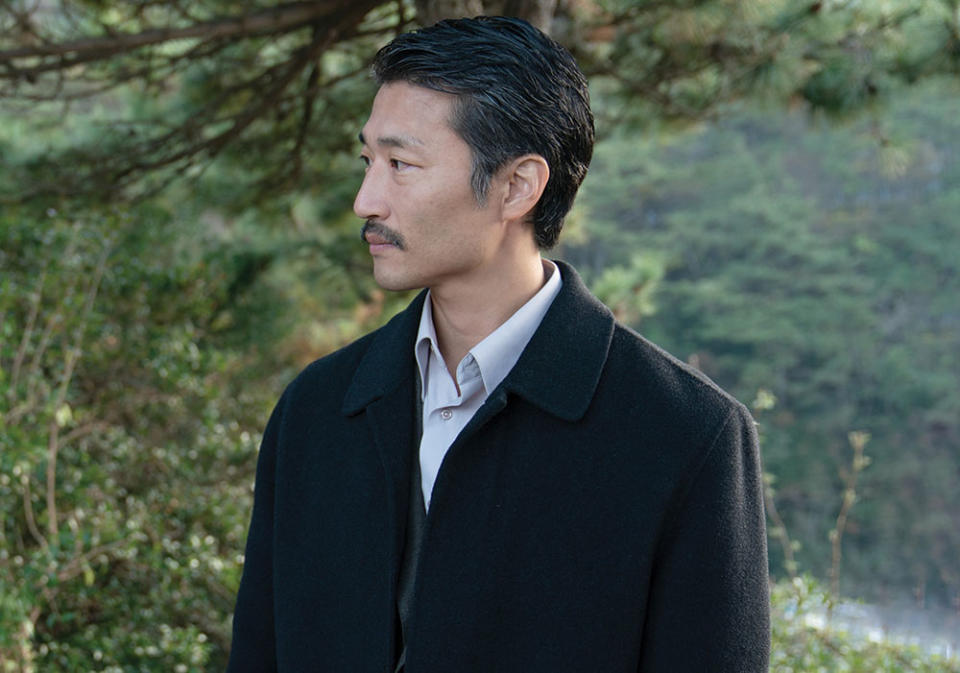
Showrunner Hugh.
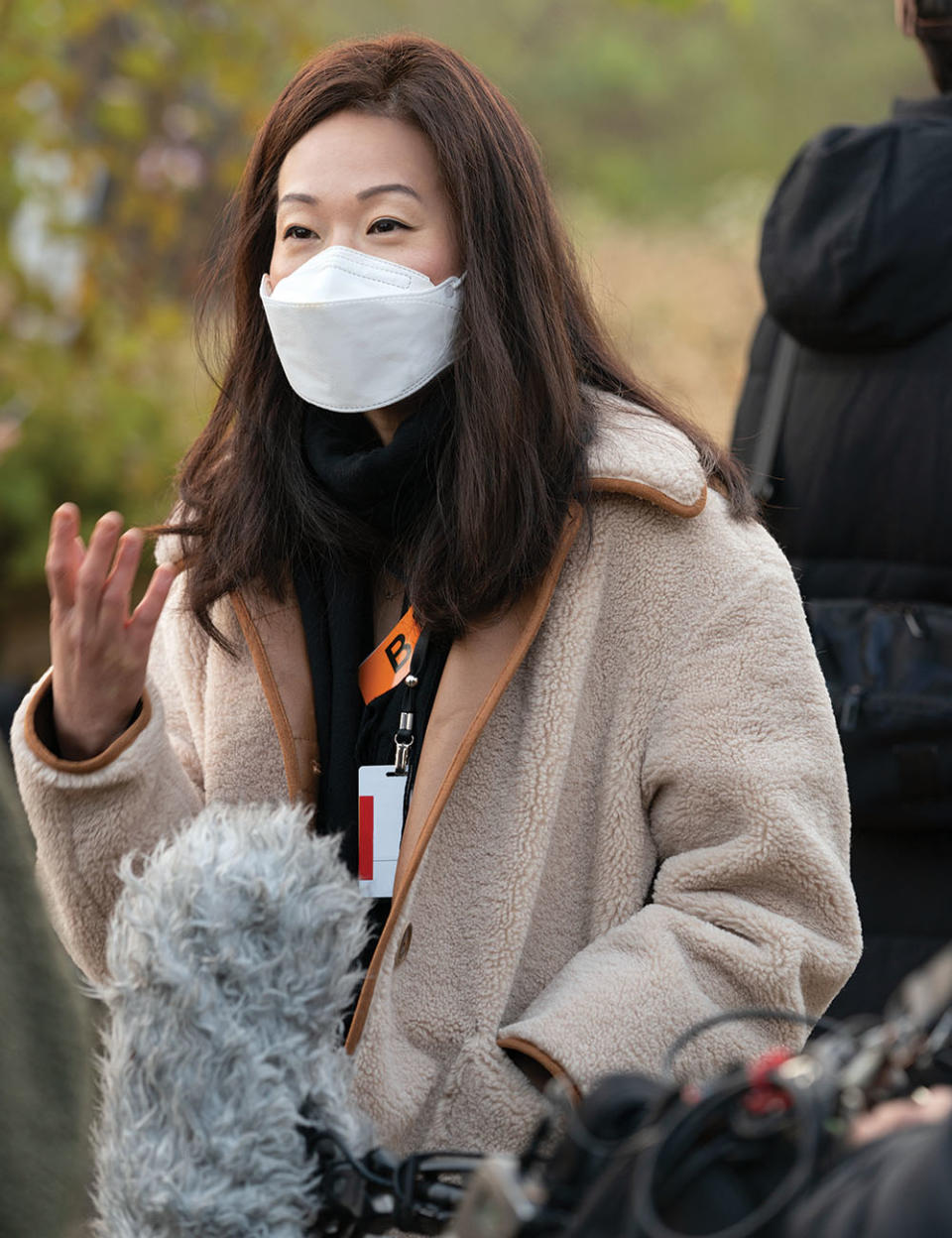
Courtesy of Juhan Noh/AppleTV+
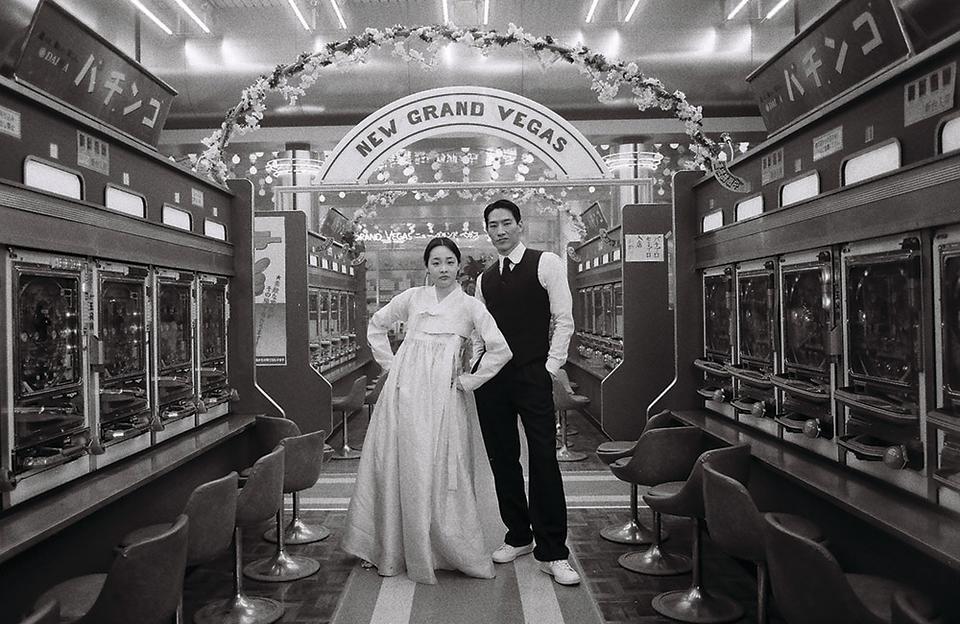
Courtesy of Ante Cheng/AppleTV+
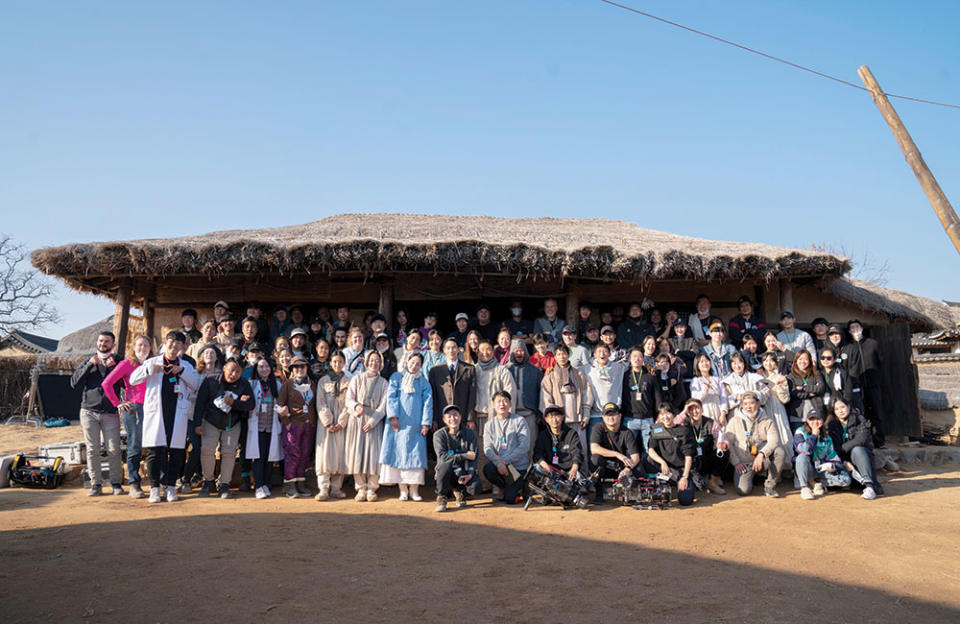
Courtesy of Juhan Noh/AppleTV+
June 14, 9:49 a.m. Added acknowledgement of set decorator Hamish Purdy.
This story first appeared in a June stand-alone issue of The Hollywood Reporter magazine. To receive the magazine, click here to subscribe.
Best of The Hollywood Reporter
Solve the daily Crossword

